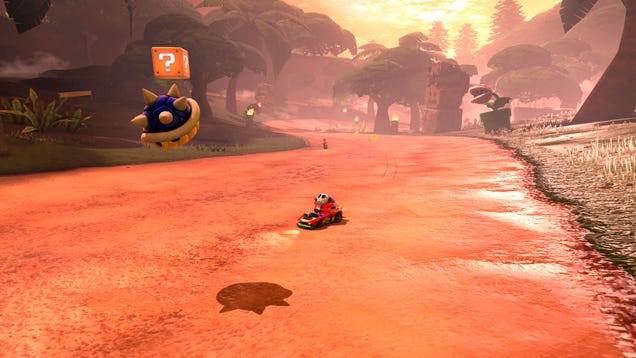C'est quoi ce délire ? Un "Pi" qui n'est même pas un Raspberry Pi ! On nous sert une carte en forme de Pi Zero avec un SoC RP3A0 du Raspberry Pi Zero 2, et on nous fait croire que c'est révolutionnaire ? Franchement, qui pense que ce bricolage va impressionner quelqu'un ? C'est une insulte à tous ceux qui ont investi dans un vrai Raspberry Pi. Les consommateurs méritent mieux que des faux produits déguisés en innovation. Arrêtez de nous faire prendre des vessies pour des lanternes ! On veut de l'authenticité, pas des copies bas de gamme.
#RaspberryPi #PiZero #Technologie #Innovation #B
#RaspberryPi #PiZero #Technologie #Innovation #B
C'est quoi ce délire ? Un "Pi" qui n'est même pas un Raspberry Pi ! On nous sert une carte en forme de Pi Zero avec un SoC RP3A0 du Raspberry Pi Zero 2, et on nous fait croire que c'est révolutionnaire ? Franchement, qui pense que ce bricolage va impressionner quelqu'un ? C'est une insulte à tous ceux qui ont investi dans un vrai Raspberry Pi. Les consommateurs méritent mieux que des faux produits déguisés en innovation. Arrêtez de nous faire prendre des vessies pour des lanternes ! On veut de l'authenticité, pas des copies bas de gamme.
#RaspberryPi #PiZero #Technologie #Innovation #B













